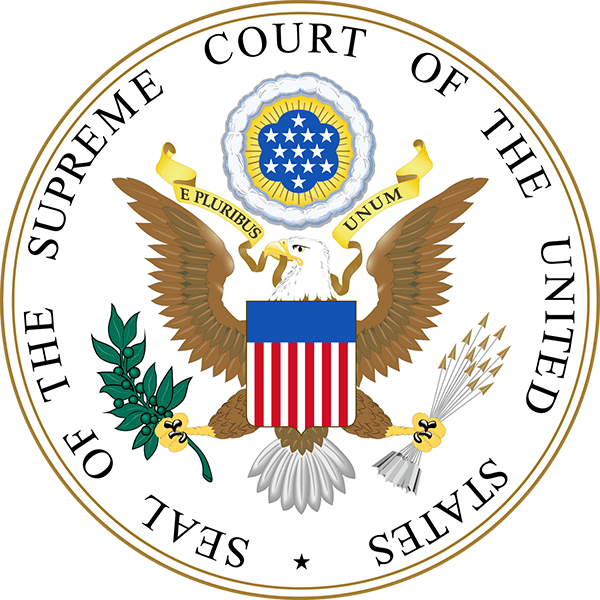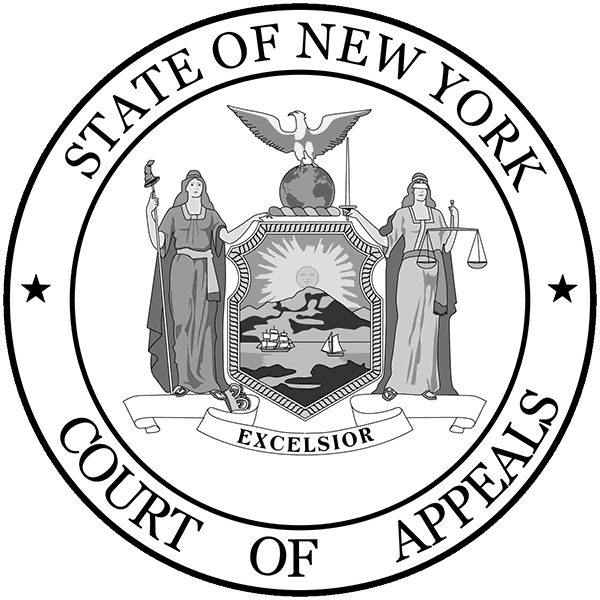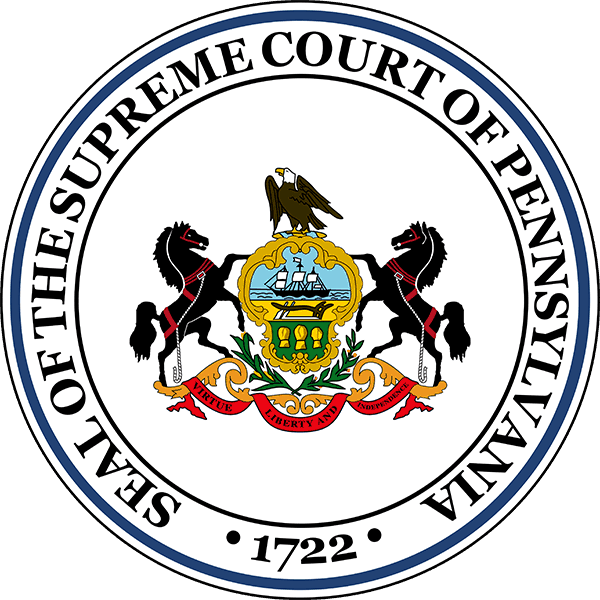Federal Criminal Sentencing
A Federal Law Article
By NJ Criminal Lawyer, David A. Schwartz
A Federal Law Article
By NJ Criminal Lawyer, David A. Schwartz
Sentencing News
Continuing the trend which began with U.S. v. Rita, U.S. v. Gall and U.S. v. Kimbrough, on January 21, 2009, the Supreme Court decided Spears v. United States,129 S.Ct. 840, which further diminished the impact of the Federal Sentencing Guidelines on sentencing. In another very significant sentencing decision, on April 17, 2009, the Third Circuit Court of Appeals decided United States v. Tomko, 562 F.3d 558 which continued the trend.
Background
Enacted in 1987 as part of the Sentencing Reform Act, the Federal Sentencing Guidelines were intended to fix various aspects of the then existing sentencing system, most notably, disparity between and among sentences meted out to defendants convicted of the same type of offense. White collar defendants were perceived as receiving more lenient sentences than their “bluecollar” counterparts. In applying the mandatory guideline system, a sentencing court had very limited discretion in departing from the guideline sentence range.
In 2005, the Supreme Court decided United States v. Booker, 543 U.S. 220, and held that the mandatory guideline system violated the Sixth Amendment because it required sentencing courts to impose sentencing enhancements based on facts which were not found by a jury or without an admission of those fact by the defendant. To remedy the Sixth Amendment the Supreme Court removed the language from the Sentencing Reform Act that made the Guidelines mandatory.
Since Booker was decided, a number of Supreme Court decisions (Rita, Gall, and Kimbrough) have been handed down which clarified the truly advisory nature of the Guidelines, and which instructed sentencing courts that sentences must be determined only after considering all of the factors in the Sentencing Reform Act (18 U.S.C. § 3553(a)).
The Supreme Court Decides Rita, Gall and Kimbrough
In light of the Supreme Court’s decisions in Rita, Gall, and Kimbrough, it is clear that a sentencing court cannot presume that a guidelines sentence is reasonable. Further, a court may not require extraordinary circumstances before imposing a sentence that constitutes a substantial variance from the Guidelines sentence range. Finally, the Supreme Court rejected the concept of a mathematical formula that uses the percentage of a departure (now deemed a “variance”) from the Guidelines range for determining the strength of the required justification. Although the sentencing court must consider the Guidelines in determining the sentence, the court may impose a sentence that varies from the Guidelines based on policy reasons, particularly where the Sentencing Commission did not rely on empirical data or studies before deciding on a particular offense level.
Current Sentencing Procedures
Courts must follow a three step procedure in determining the appropriate sentence:
1. The court must begin by calculating the correct advisory Guideline sentence range;
2. In doing so, the court must formally rule on the motions of both parties for adjustments and departures; and
3. Finally, the court must exercise its discretion by giving meaningful consideration to all of the factors in 18 U.S.C. § 3553(a), in determining a sentence that is sufficient, but not greater than necessary to accomplish the traditional goals of sentencing.
The traditional sentencing factors are retribution, deterrence, incapacitation and rehabilitation. 18 U.S.C. § 3553(a) generally tracks these purposes. The specific statutory factors are described as follows:
· The nature and circumstances of the offense and the history and characteristics of the defendant
· The need for the sentence imposed –
· To reflect the seriousness of the offense, and to promote respect for the law, and to provide just punishment for the offense;
· To afford adequate deterrence to criminal conduct;
· To protect the public from further crimes of the defendant;
· To provide the defendant with needed educational or vocational training or medical care
· The kinds of sentences available (including probation)
· The Sentencing Guidelines range including any pertinent policy statements issued by the Sentencing Commission
· The need to avoid unwarranted disparity
· The need to provide restitution to the victims
18 U.S.C.§ 3553(a)(1) – (7)
The Supreme Court Decides Spears; The Third Circuit Decides Tomko
In Spears, the sentencing court rejected the Guidelines crack – powder ratio (which would have required imposition of a much longer sentence: 324 – 405 months) and imposed its own, more lenient crack – powder ratio, thereby reducing the defendant’s sentence to the statutory mandatory minimum sentence ( 240 months). The Eighth Circuit Court of Appeals revered the district court, and held that a sentencing court may not categorically reject the Guidelines quantity ratio, and impose its own quantity ratio.
The Supreme Court reversed the Eighth Circuit, and in appropriately strong language held:
A sentencing judge who is given the power to reject the disparity created by the crack – to – powder ratio must also possess the power to apply a different ratio, which in is judgment, corrects the disparity. Simply put, the ability to reduce a mine-run defendant’s sentence necessarily permits adoption of a replacement ratio.
. . . We now clarify that district courts are entitled to reject and vary categorically from the Crack-cocaine Guidelines based on a policy disagreement with those guidelines.
The significance of Spears in white collar cases is that a sentencing court can vary categorically from the offense level increases under the loss table pursuant to U.S.S.G. §2B1.1. Indeed, under Kimbrough and Spears there is no limit to the extent that a court may vary categorically from a guideline provision based on a policy disagreement.
In Tomko, the Third Circuit upheld a probationary sentence (with a component of house arrest) in a tax evasion case where the amount of the deficiency was $228,000. The Guidelines sentence range was twelve to eighteen months.
The district court imposed the probationary sentence because, among other reasons, the defendant’s lifetime of charitable works, his extraordinary acceptance of responsibility, his history of alcohol abuse, and because his incarceration would cause other innocent employees to lose their jobs.
In reiterating the holding in Gall, the Court of Appeals held that its substantive review of a sentence “requires us not to focus on one or two factors, but on the totality of the circumstances. . . . Indeed, we cannot presume that a sentence is unreasonable simply because it falls outside of the advisory Guidelines range.”
The Court further held that . . . “if the district court’s sentence is procedurally sound, we will affirm it unless no reasonable sentencing court would have imposed the same sentence on that particular defendant for the reasons the district court provided.”
Thus, the detailed grounds provided by the district court for the variance reflected that it did not abuse its discretion in imposing the probationary sentence.
Spears and Tomko are significant in that they reiterate a sentencing court’s power to disagree with the Guidelines on policy grounds, and because the appellate standard of review firmly leaves the sentencing court free to vary from the Guidelines sentence range, as long as the record reflects careful consideration of each of the sentencing factors under 18 U.S.C.§ 3552(a).
How Can We Help You
Mr. Schwartz represented me in a domestic violence case. His cross-examination of the “victim” shows that she was a total liar. The judge dismissed the case against me. David did a fine job for me. I recommend him to anyone.
Have You Been Charged with a Crime?
______
Give Us A Call
(732) 544-1460
How Can We Help You
Mr. Schwartz represented me in a domestic violence case. His cross-examination of the “victim” shows that she was a total liar. The judge dismissed the case against me. David did a fine job for me. I recommend him to anyone.
Have You Been Charged with a Crime?
______
Give Us A Call
(732) 544-1460








